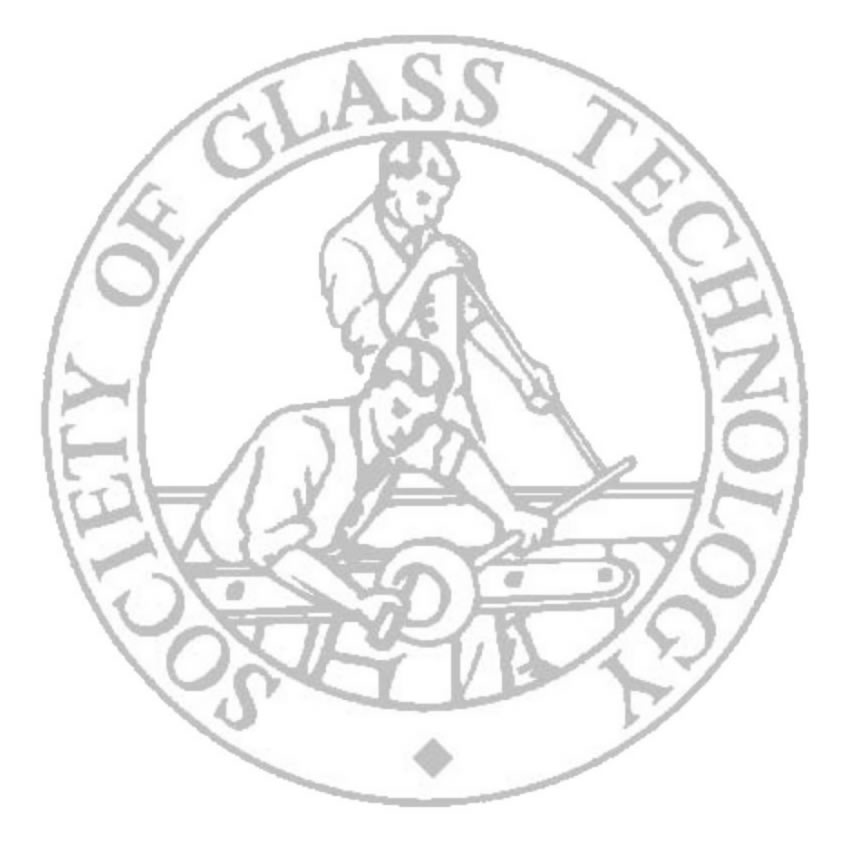
Cambridge 2008
|
Effect of the Industrial Revolution on how glassmakers see their art
Ian Hankey
Before the industrial revolution there was one mode of thinking, that of reflective rationality. During the Renaissance the glassmaker was regarded as highly as the sculptor or painter. The root of the word technology, ‘tech’, originally meant ‘art’ and it was the norm to study and practice both art and science.
Since the industrial revolution technical rationality has replaced reflective rationality as our preferred mode of thinking. Art and science became separate subjects and as the credibility of the scientist has remained stable, and modern conceptual art has moved away from the use of traditional skills, the credibility of the craftsman has diminished greatly.
I will be looking at the different modes of thinking both before and after the industrial revolution and how the role of the glassmaker has changed.
Ian Hankey began his career as an engineering apprentice at Pilkington glass. He graduated from the Royal College of Art and has taught 3D Design at Buckinghamshire college, exhibited his own art glass and worked as a freelance designer before returning to the RCA as Technical Instructor in Hot Glass. After seven years he took over Teign Valley Glass Studios in South Devon as designer and manager and has received many national and international design awards for his work.
His research work centres on the acquisition and application of tacit skill and on sustainability issues in the applied arts. Ian currently teaches at Plymouth College of Art and Design and is working on new designs for Dartington and Caithness Glass
Back to History & Heritage Programme
| SGT Home page |